The Benefits of Saponin for Shrimp Ponds
By. Tri - 05 Aug 2025
lautnusantara.com In shrimp aquaculture, farmers use saponin to maximize their harvest. Growing high-quality shrimp requires special care, and the use of saponin is essential for pond farmers. This is because ponds are susceptible to predators and pests.
To better understand what saponin is and how it is used in shrimp farming, let's look at the following detailed explanation.
What Is Saponin?
Saponin is a powerful agent often used in shrimp farming. It appears as a coarse, brownish powder that some people describe as resembling clay. Saponin's benefits come from a natural compound found in tropical plants, primarily in their roots but sometimes in their leaves.
Saponin can also be extracted from marine animals like sea cucumbers and other types of marine bacteria.
Read Also : Anglerfish: The Mysterious Lurker of the Deep Sea
How Saponin Works
Using saponin in a shrimp pond is quite simple. It's applied during the pond preparation phase to optimize the shrimp-growing process.
1. Saponin for Pest Control
Farmers use saponin to eliminate pests in their shrimp ponds. Saponin is effective at killing cold-blooded animals, such as small fish that prey on shrimp. The saponin disrupts their respiratory system, causing the pests to die. After the pests are killed, their carcasses must be promptly removed from the pond to prevent decomposition, which could negatively impact water quality.
2. Saponin as an Antimicrobial Agent
Saponin is also highly effective at eliminating microbes in shrimp ponds. It works by damaging the protein and cell membranes of bacteria. It disrupts the cell walls of microbes, causing them to break down and die, especially when levels of pathogenic and Vibrio bacteria are high.
3. Saponin as an Immune Stimulant for Shrimp
This compound also acts as an immunostimulant, which boosts the shrimp's immune system. This allows the shrimp to grow faster and protects them from various diseases and bacteria.
4. Saponin to Create Foam in Ponds
When saponin is added to a shrimp pond and the water is agitated by a paddlewheel, it creates foam. This foam helps reduce the surface tension of the water, making it easier for oxygen to diffuse from the air into the water.
How to Use Saponin in Shrimp Ponds
The application of saponin is straightforward. The most common type used in shrimp ponds is derived from tea seeds, which should have a saponin content of about 10–13%. The recommended dose is 15–18 kg/ha.
To apply it, tea seeds containing saponin are soaked overnight. The resulting liquid is then dispersed into the pond, often using a paddlewheel to splash it into the water.
Saponin's Potency
The toxic effect of saponin lasts for about 2 to 3 days, during which time the dead pests will float to the surface. It is crucial to remove these carcasses immediately to prevent them from decomposing and contaminating the water. This step is essential for maintaining water quality and ensuring the shrimp grow to a high standard, ready for export.
The Effects of Saponin Use
Saponin is beneficial for shrimp farming as long as it is used correctly and within the recommended limits. When dissolved in pond water, it has no negative effects on the shrimp's development.
However, mixing saponin with shrimp feed can have serious negative consequences. The saponin can increase the permeability of intestinal cells, hindering the active transport of nutrients and allowing substances that normally wouldn't be absorbed to enter the system. Therefore, using saponin as a feed additive is not recommended.
If you are interested in our Coral Trout Fillet Skin On, CORAL TROUT WGG WHOLE GILLED GUTTED, TOMATO COD WHOLE GILLED GUTTED please do not hesitate to contact us through email and/or whatsapp.
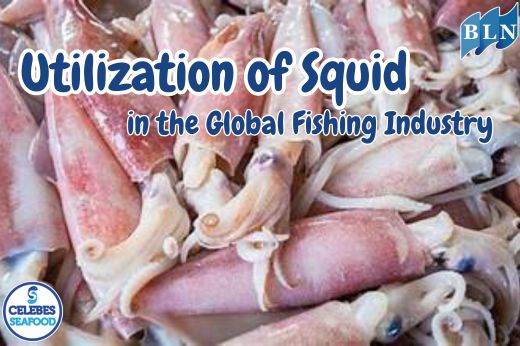

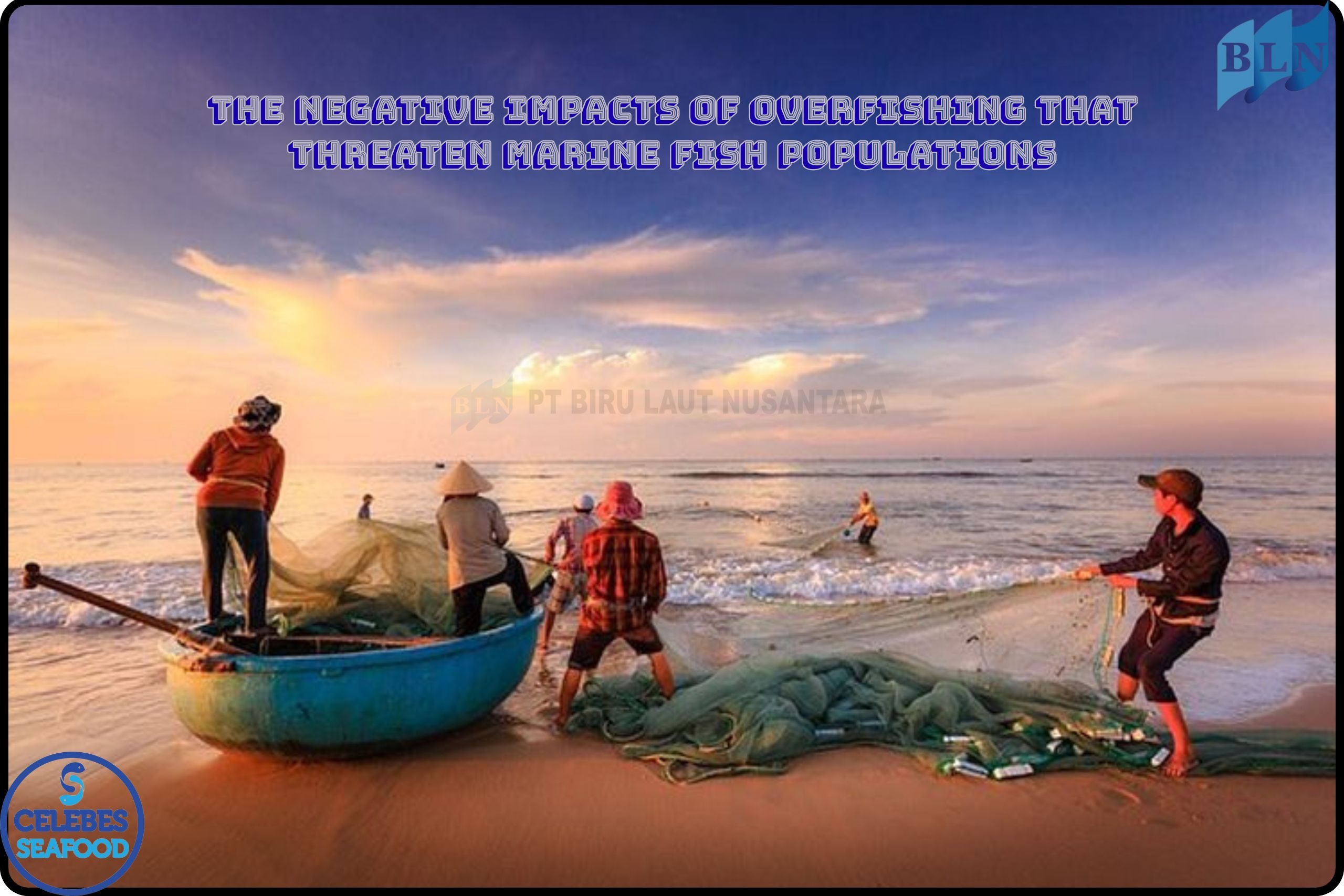
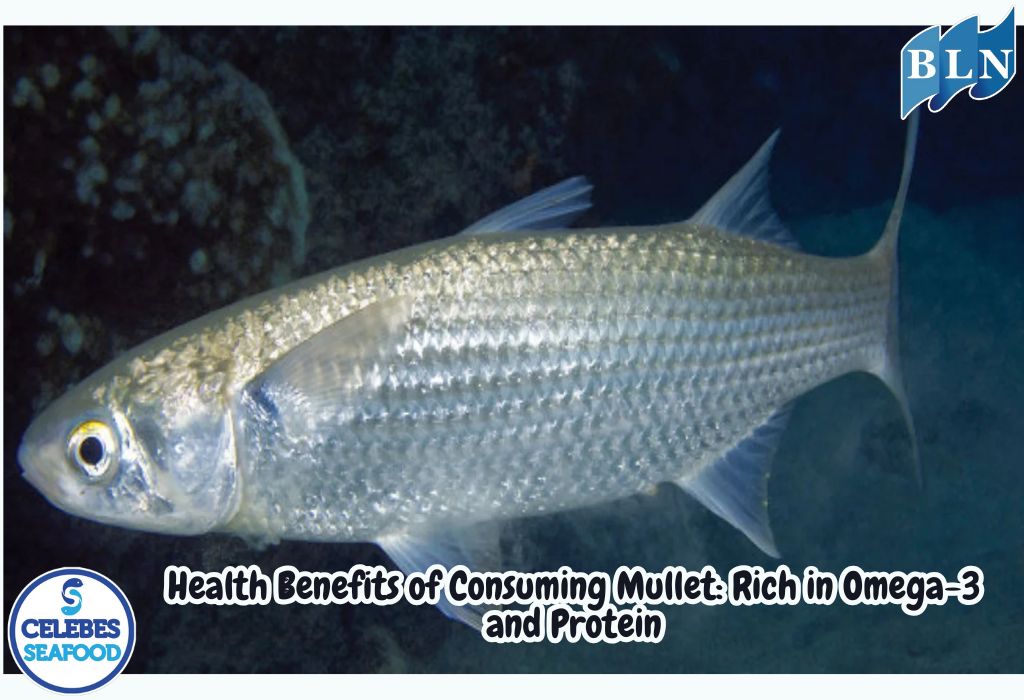

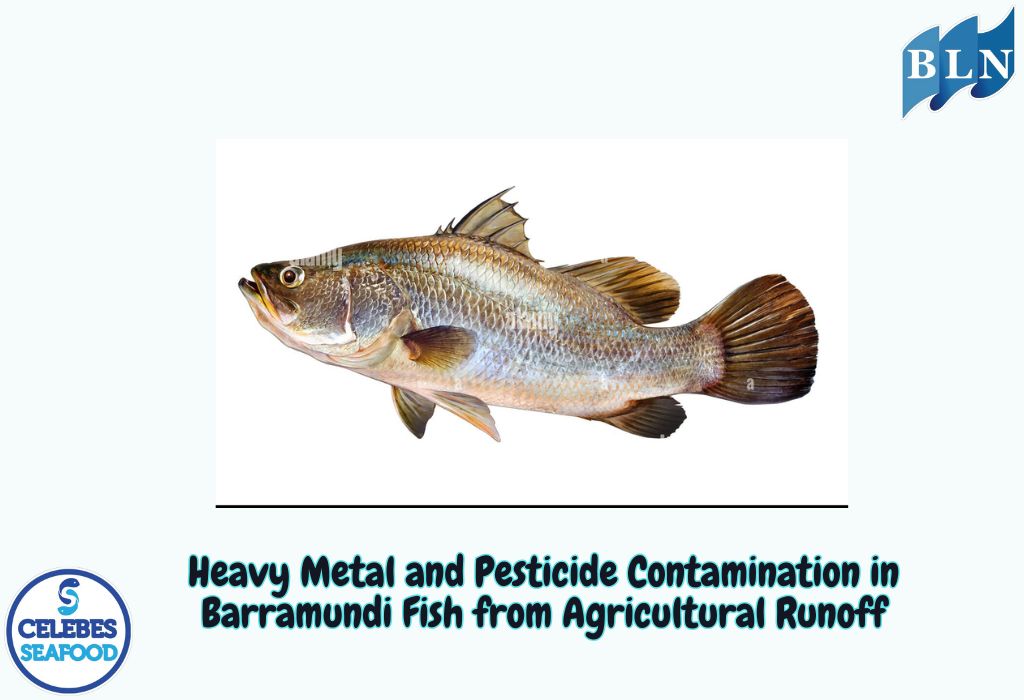
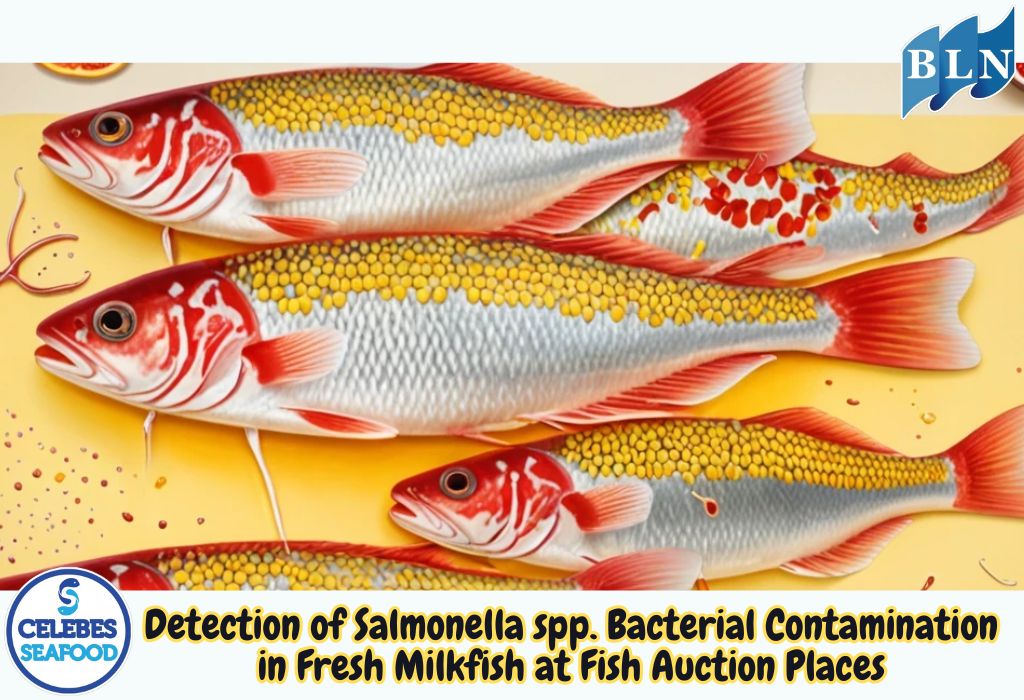
.jpg)